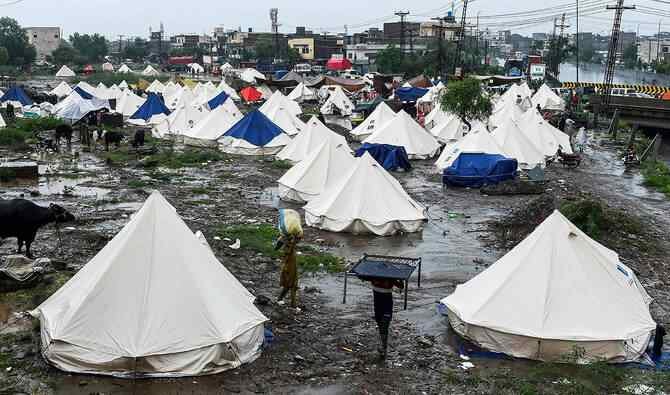LAHORE: Authorities in Punjab have resorted to blowing up protective embankments to manage rapidly rising water levels in the Ravi and Chenab rivers, which are threatening major urban centers, including Multan.
The Provincial Disaster Management Authority (PDMA) confirmed that controlled breaches were carried out overnight at the Mai Safura dyke near Head Sidhnai to ease pressure on the embankment. Explosives were used to create two cuts, a move officials described as a last resort to protect vital irrigation infrastructure.
“Flood levels are rising at an unprecedented rate, and breaching these dykes was unavoidable to prevent catastrophic failures,” PDMA Director General Irfan Ali Kathia said.
Officials have placed explosives at multiple strategic points, including near Head Muhammad Wala and Sher Shah, to safeguard critical bridges, irrigation channels, and populated areas.
Multan and Surrounding Villages in the Crosshairs
More than 100 villages in Multan district are at immediate risk if water levels reach the critical 417-foot mark at Head Muhammad Wala. Authorities are closely monitoring the situation and say any decision to breach dykes will depend on whether rising water threatens key infrastructure, including the Muhammad Wala Bridge.
In anticipation, heavy machinery is reinforcing embankments with sandbags and soil. “The water hasn’t yet reached the danger level here, but preparations are in place,” Multan Commissioner Amir Kareem Khan said.
Chenab Floodwaters Devastate Jhang
The Chenab River has already left a trail of destruction in Jhang, inundating rice and sugarcane fields and damaging hundreds of mud houses in Chund Bharwana, Daduana Kuhna, and Ahmadpur Sial.
Residents accuse authorities of favoring powerful landowners by breaching embankments on the “wrong” side of the Sultan Bahoo Bridge, a decision they claim worsened flooding in Garh Maharaja. District officials deny these claims, saying all breaches were made based on expert advice.
Critical Flood Levels Recorded
According to the Flood Forecasting Division, water flows at major barrages are alarming:
- Chenab River: Marala Headworks at 237,678 cusecs (rising); Trimmu at 385,911 cusecs (falling).
- Ravi River: Head Sidhnai at 173,734 cusecs (rising, exceptionally high flood).
- Sutlej River: Head Ganda Singh Wala at 269,501 cusecs (steady, exceptionally high flood).
- Panjnad: Flowing at 169,207 cusecs (low flood), expected to surge as waters converge.
Flood alerts have also been issued for the River Tawi after India warned of high water discharge, which could worsen flooding downstream in Punjab’s Gujrat, Sialkot, and Narowal districts.
Displacement on a Massive Scale
Punjab Information Minister Azma Bokhari said the floods have displaced over 2.4 million people across 3,243 villages. Around one million people and 700,000 livestock have been evacuated to safer locations. Relief operations include 395 shelter camps, 392 medical camps, and 336 veterinary camps.
PM Overseeing Crisis from Beijing
Prime Minister Shehbaz Sharif, currently in Beijing on an official visit, chaired a virtual meeting with the National Disaster Management Authority (NDMA) and provincial officials to review the flood response. The NDMA warned that flood peaks could reach Panjnad by September 6 before moving downstream towards Sindh’s Guddu Barrage.
The PM directed authorities to prioritize evacuations, restore damaged roads and power lines, and ensure rapid distribution of aid. “Coordination between federal and provincial bodies is critical to saving lives and infrastructure,” he said.
More Rains on the Way
The Pakistan Meteorological Department has forecast further rain and thunderstorms across Punjab, Khyber Pakhtunkhwa, and northern regions in the next 24 hours. With rivers already near capacity, officials fear the situation could worsen.
